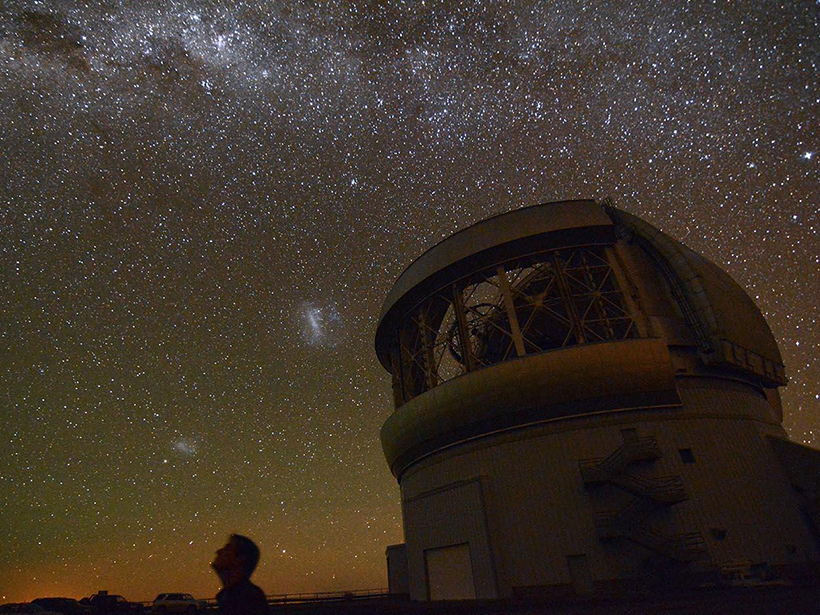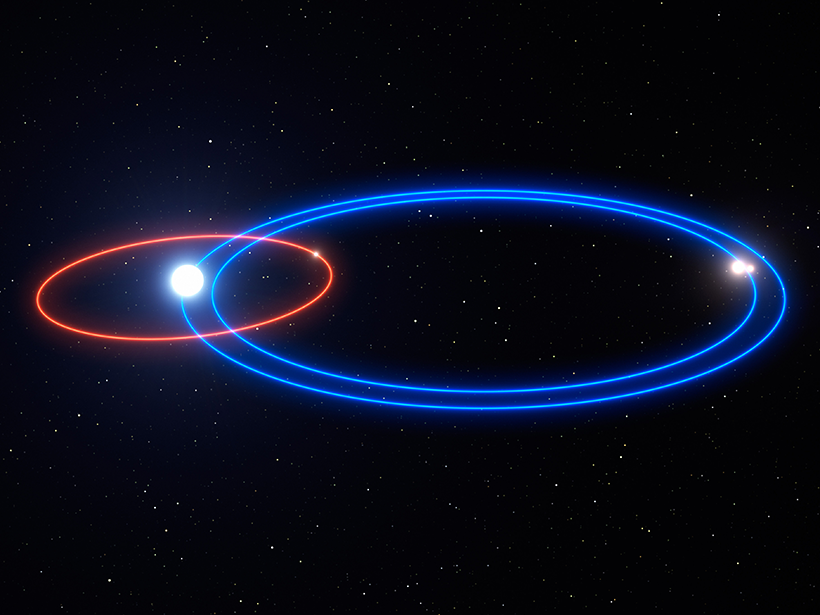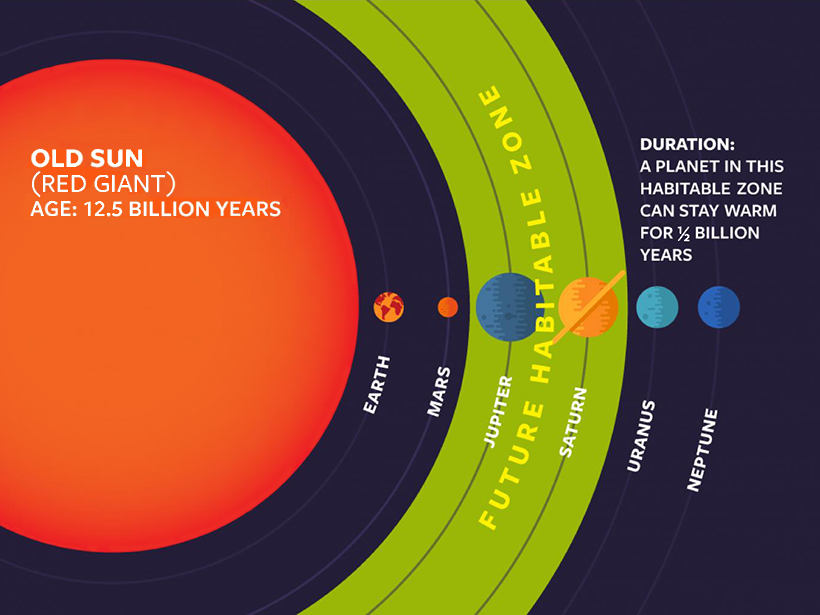The exoplanet candidate, tentatively named Proxima c, would be a frozen snowball.
stars
The “Yellowball” Catalog and the Citizen Science That Helped Define It
The online community of the Milky Way Project citizen scientists helped scientists identify compact star-forming regions now known as yellowballs.
Giant Planets and Brown Dwarfs Form in Different Ways
Once thought to be part of the same population, planets larger than Jupiter and “failed stars” likely grow via different mechanisms, the Gemini Planet Imager Exoplanet Survey has shown.
New Proof That Accretion Disks Align with Their Black Holes
In the most detailed and highest-resolution black hole simulation to date, an international team of researchers showed the Bardeen-Petterson effect for the first time.
Chemical Patterns May Predict Stars That Host Giant Planets
Stars with giant planets tend to have a few key elements in abundance. A new algorithm used these patterns to predict hundreds of stars that will likely have exoplanets if we go looking for them.
Passing Object May Have Kicked Up Dust from a Planetary Disk
The elongated tail of the SU Aurigae protoplanetary disk was likely formed as a result of a flyby from a substellar object.
Starlike Brown Dwarf? Not Anymore
Because of a new, surprisingly smaller mass estimate for a much-studied, nearby brown dwarf, astronomers now regard the familiar object as merely planetlike.
Exoplanet Found in Curious Triple-Star System
The newly discovered planet balances precariously in orbit within the star system, puzzling scientists.
Aging Stars Make New Habitable Zones
Scientists searching for life in the universe now have a new target: the once-icy worlds orbiting red giants.
New Step Toward Finding Earth 2.0
Researchers unveil a way to tease out the wobble of a star caused by unseen planets despite the confounding effects of star spots, which are the sunspots of distant stars.










